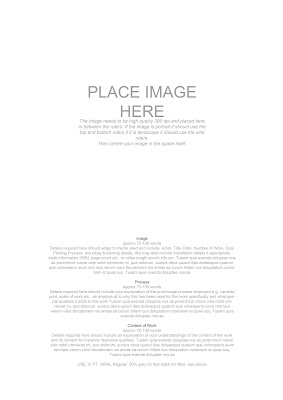So I decided to use digital to shoot my final image, as time was constricted with having a film project running also, I would of preferred film as I haven't had as much practice using this format.
I wanted to convey movement in the image and a sense of speed, so a long exposure was necessary I went out to shoot some cyclists against the bright lights of the city, whilst out I saw a few classic motorbikes I thought this was much more interesting than a regular old bicycle.
I like the the colour range in this image, I would of preferred a slightly more dynamic angle, the composition could of been worked more. I particularly like the subject as he is almost a silhouetted with little hints of metallic.
I lightly Edited this image increasing the contrast and adjusting the curves slightly.
I wanted to convey movement in the image and a sense of speed, so a long exposure was necessary I went out to shoot some cyclists against the bright lights of the city, whilst out I saw a few classic motorbikes I thought this was much more interesting than a regular old bicycle.
I like the the colour range in this image, I would of preferred a slightly more dynamic angle, the composition could of been worked more. I particularly like the subject as he is almost a silhouetted with little hints of metallic.
I lightly Edited this image increasing the contrast and adjusting the curves slightly.
.JPG)





























0 comments: